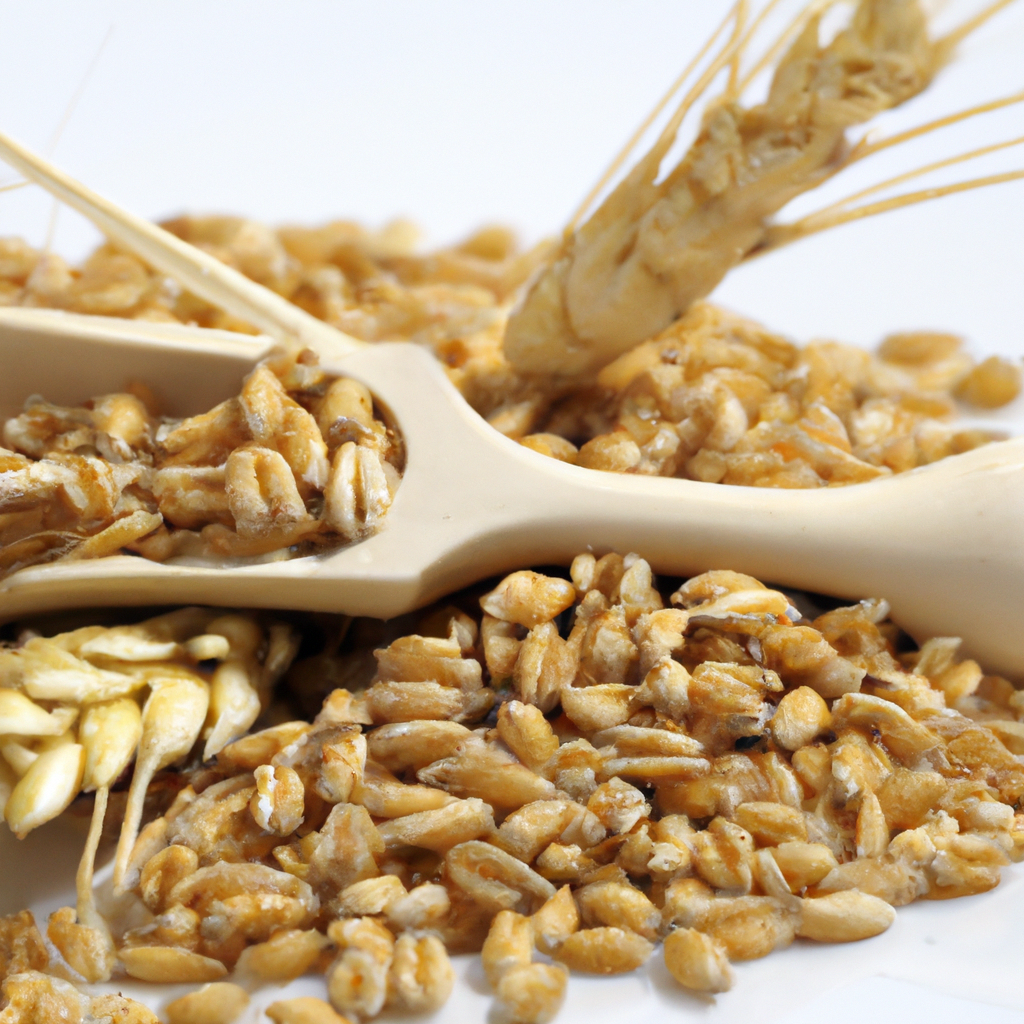Good journalism from Bernard Keane. http://www.crikey.com.au/2011/07/18/greenpeace-gm-wheat-crop/ Greenpeace and the agri-politics of GM wheat by Bernard Keane So why did Greenpeace destroy a GM wheat crop in the early hours of Thursday morning in a suburb in northern Canberra? The destruction of a GM trial crop at a CSIRO facility in Ginninderra last Thursday morning by Greenpeace prompted howls of outrage from scientists. The Australian Academy of Science condemned it as “mindless vandalism”. An agricultural scientistattacked Greenpeace at The Conversation . Greenpeace copped a hiding on Twitter, with claims it was anti-science and comparisons to Chris Monckton. There’s a spectrum of opposition to GM crops. It ranges from outright denialism — people who reject any possibility GM foods could ever be safe, no matter what science says, because in their view the science is inevitably biased and funded by GM crop companies — through to scepticism about the benefit of testing genetically altered organisms to hard-headed realism about consumers’ antipathy towards GM products. Greenpeace’s concerns usually relate to the processes relating to the testing, approval and labelling of GM products. It is Greenpeace that has done more than any other organisation to draw attention to the fact that Australian parents are at risk of feeding infants “unintentional” amounts of GM soy product without any belling requirements, due to a deal between the Howard government and the food manufacturing lobby a decade ago. It also argues that Australia’s testing regime for GM foods is too dependent on data provided by GM companies themselves. But Greenpeace’s destruction of the crop was based directly on its concern that the nine GM wheat field trials currently planned or under way across Australia have the potential to contaminate Australian wheat. As the “unintentional” exemption for GM soy illustrates, contamination between GM and non-GM crops is now so common it has become part of the regulatory framework for some foods. The contamination potential is hotly debated. Critics of Greenpeace, such as Academy of Science president Professor Suzanne Cory, say the Office of the Gene Technology Regulator has approved the trials under strict conditions about containment. Greenpeace responds that 13 of 29 recorded contamination incidents in Australia occurred in OGTR-approved trials, and that CSIRO itself has in recent years committed 17 breaches of OGTR conditions (some of them, admittedly, trivial). Advocates of trials note that GM wheat, being self-pollinating, is at much less risk of cross-pollination. Greenpeace responds that the majority of contamination incidents are actually caused by human error. They also point to the LibertyLink Rice 601 event in the United States, where a “low-risk” Bayer GM rice trial in Louisiana between 1999 and 2001 cost the US rice industry an estimated $1.2 billion dollars after it contaminated US rice crops and forced the rice industry to suspend exports in 2006. The company blamed “an act of God” for the contamination. The problem with contamination by GM wheat is that it would endanger the export of Australian wheat to key markets that reject or require strict labelling of GM crops, including Japan, the second biggest importer of Australian bulk wheat and markets in Europe and South Korea. Australia is also the only country of the top five wheat exporters pursuing GM wheat trials. Monsanto was forced to abandon plans for GM wheat in the United States in 2004, though the company last year renewed its push. In April this year, the National Research Council of Canada backpedalled on a decision to reverse its opposition to GM wheat after a strong reaction from Canadian farmers (Canadian opposition also makes it very difficult for GM wheat to proceed in the US). Russia has strict limits on GM crops and is not considering trialling GM wheat; nor is the Ukraine. The only country pursuing GM wheat trials is China, which is a minor wheat exporter; a trial is proposed to begin next year in the UK. A key impediment to GM wheat trials in Australia was AWB, which used to be reluctant to endorse any potential threat to wheat marketing. Its 2010 acquisition by Canadian agri-giant Agrium, and the sale of its grain-handling business to another major North American company, Cargill, seems to have eliminated AWB’s opposition to GM wheat entirely. Agrium and Cargill use GM technology in North America. Greenpeace also asks why the GM wheat trials were agreed to by the CSIRO while Doug Rathbone and John Stocker, of Nufarm, Monsanto’s distributor in Australia, were on the CSIRO board. An anti-GM farmers’ group the Network of Concerned Farmers remains opposed to GM wheat trials, arguing that widespread contamination by GM canola reflects the GM industry’s inability to prevent contamination. The group issued a press release after Thursday’s action citing the support of the National Canadian Farmers’ Union against GM wheat trials. GM advocates say that consumers around the world are softening in their opposition to GM foods (though they still oppose labelling) and that GM wheat will eventually be accepted in export markets — Australia can secure a “first-mover advantage” with GM wheat. Greenpeace and anti-GM farmers are disinclined to believe them and know that the costs of contamination now will be significant. It’s not so much scepticism of the science that’s driving opposition to GM wheat as scepticism, based on bitter experience with earlier GM crops, that contamination can be prevented.
https://www.facebook.com/notes/781391195753239/

Facebook Note: 2011-07-19T10:23:39
by
Tags:
Leave a Reply